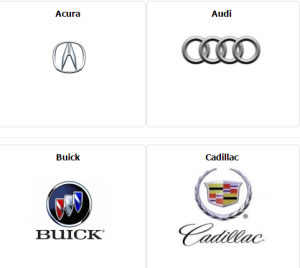Depending on where you live, you may be required to upgrade your exhaust system to an OBD2 catalytic converter—but you might be wondering what it is that makes CA and N Y approved catalytic converters different? The information below will help you to understand the difference between factory-standard and after-market converters.

What Is A Catalytic Converter?
Catalytic converters were developed in 1975, as a method of reducing the amount of harmful vehicles emissions produced during the combustion process. As its name implies, this front portion of your exhaust system “converts” emissions into less harmful gasses.
Ceramic Honeycomb
There is a ceramic honeycomb inside of each converter, that is coated with the appropriate metal required to degrade harmful gases—and transform them into less harmful water and carbon dioxide. As we all know, carbon dioxide is a toxin, one that can be lethal if breathed within an enclosed space. This is why you have a muffler that directs the carbon dioxide behind and away from your car. If your muffler falls off, have it replaced as soon as possible—otherwise the toxic gases can pool underneath your car.
What Makes OBD2 Catalytic Converters Different?
Factory standard and high performance converters work in the same manner, but have a few key differences. OBD2 catalytic converters are a high-flow converter, typically with a larger honeycomb. The high flow and larger surface area work together to ensure that more gases are degraded—releasing less harmful gasses into the local environment.
Upgrade To High Performance—Even If You Are Not Required To Do So
While upgrading to a high performance system is sometimes required by law, you may still be interested in an upgrade—even you are not required to do so. For most, the motivation is to reduce the amount of toxins released in the local environment. This is easy to achieve with minimal investment, and simple part replacement.
At Muffler Express we offer N Y and CA legal converters for every make and model of car you require.


